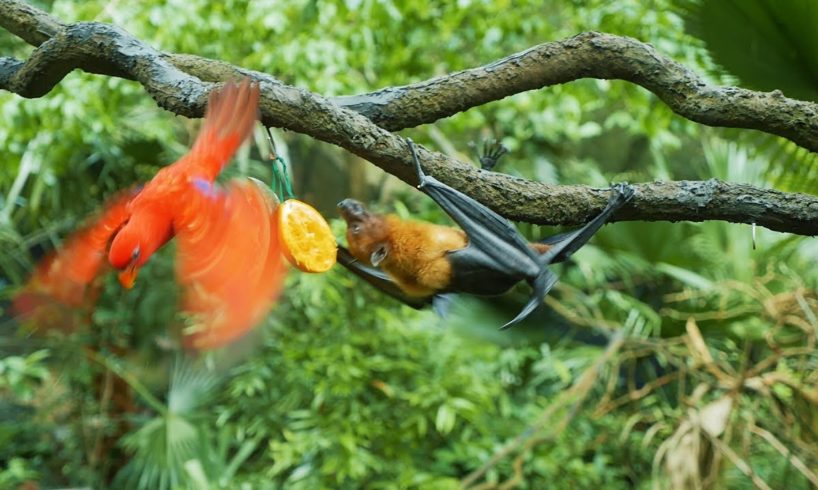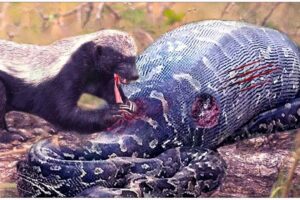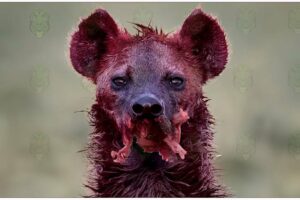
animals fights videos. cute animal fight. bat vs parrot bird. megabat flying fox. chamgadar. चमगादड़. animal fight video. animals fighting other animals. bats and birds.
Cute Animals fights || Bat Vs Parrot Bird || Bats and Eclectus Parrot || Megabat || चमगादड़
(https://en.wikipedia.org/wiki/Indian_flying_fox)
(https://en.wikipedia.org/wiki/Eclectus_parrot)
(https://en.wikipedia.org/wiki/Megabat)
The Indian flying fox (Pteropus giganteus), also known as the greater Indian fruit bat, is a species of flying fox in the family Pteropodidae. It is nocturnal and feeds mainly on ripe fruits, such as mangoes and bananas, and nectar.
The eclectus parrot (Eclectus roratus) is a parrot native to the Solomon Islands, Sumba, New Guinea and nearby islands, northeastern Australia and the Maluku Islands (Moluccas). It is unusual in the parrot family for its extreme sexual dimorphism of the colours of the plumage; the male having a mostly bright emerald green plumage and the female a mostly bright red and purple/blue plumage. Joseph Forshaw, in his book Parrots of the World, noted that the first European ornithologists to see eclectus parrots thought they were of two distinct species. Large populations of this parrot remain, and they are sometimes considered pests for eating fruit off trees. Some populations restricted to relatively small islands are comparably rare. Their bright feathers are also used by native tribespeople in New Guinea as decorations.
Megabats constitute the suborder Megachiroptera, and its only family Pteropodidae of the order Chiroptera (bats). They are also called fruit bats, Old World fruit bats,[1] or, especially the genera Acerodon and Pteropus, flying foxes. Fruit bats are not found in the Americas, Western Europe,[2] northwest Africa and southwest Australia.[3][4] Compared to insectivorous bats, fruit bats are relatively large and, with some exceptions, do not navigate by echolocation. They are herbivores and rely on their keen senses of sight and smell to locate food.
The diet of the eclectus in the wild consists of mainly fruits, wild figs, unripe nuts, flower and leaf buds, and some seeds. In captivity, they will eat most fruits including mangos, figs, guavas, bananas, melons, stone fruits, grapes, citrus fruits, pears, apples, pomegranate and papaya (pawpaw). The eclectus has an unusually long digestive tract and this is why it requires such a high fiber diet. In captivity the eclectus parrot does benefit from a variety of fresh fruits and vegetables, leafy greens such as endive and dandelion, as well as a variety of seeds, including spray millet, and a few nuts such as shelled almonds and shelled walnuts.
source







nice